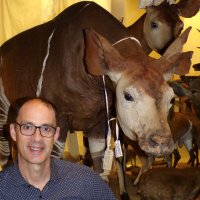
Dr Morena Mills
@morenamills
Moved to @morenamills.bsky.social Environmental social scientist. Interests: how & why conservation spreads, equity & sustainability. @ImperialCollege
ID: 505750869
http://morenamills.co.uk 27-02-2012 10:57:27
2,2K Tweet
2,2K Followers
896 Following
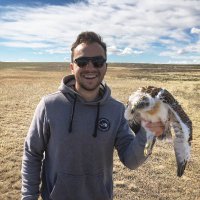
Super excited to receive funding from Turner Kirk Trust to look at how increasing weather variability is affecting encroachment into Nepal's community forests

🧵 5 lessons to level up conservation successfully A new paper in NatureEcoEvo by Thomas Pienkowski and Matt Clark from Centre for Environmental Policy, Imperial teaches us a few critical lessons about effective conservation policy 🌎

NEW paper brilliantly led by Thomas Pienkowski on some of the persistent challenges to deliver effective conservation at scale, with a wonderful group of collaborators.
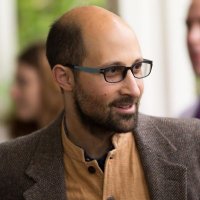


Paper out today in Conservation Science and Practice looking at how local community and remotely sensed observations of forest change can systematically align and deviate with different forms of forest change. doi.org/10.1111/csp2.1…



New #conservation research presents a model that enables accurate forecasting of conservation adoption over time, allowing retrospective evaluation of decisions & investments cell.com/one-earth/full… Matt Clark Thomas Pienkowski A.Jagadish, Carla Archibald S.Gelcich H. Govan R.

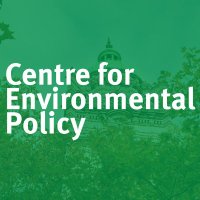
🌍 Dr Matt Clark & Olivia Crowe are in South Africa with Conservation SA, meeting ranchers in the Herding for Health project. Exploring regenerative rangeland management, they’ll bring insights to research by Dr Dr Morena Mills's lab & Catalyzing Conservation 🌱

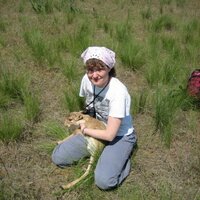

Worked with Dr Morena Mills from Imperial College London to create an identity for Catalyzing Conservation . Where we talk about how conservation efforts can scale! Go follow us if you haven't already :) behance.net/gallery/214289…
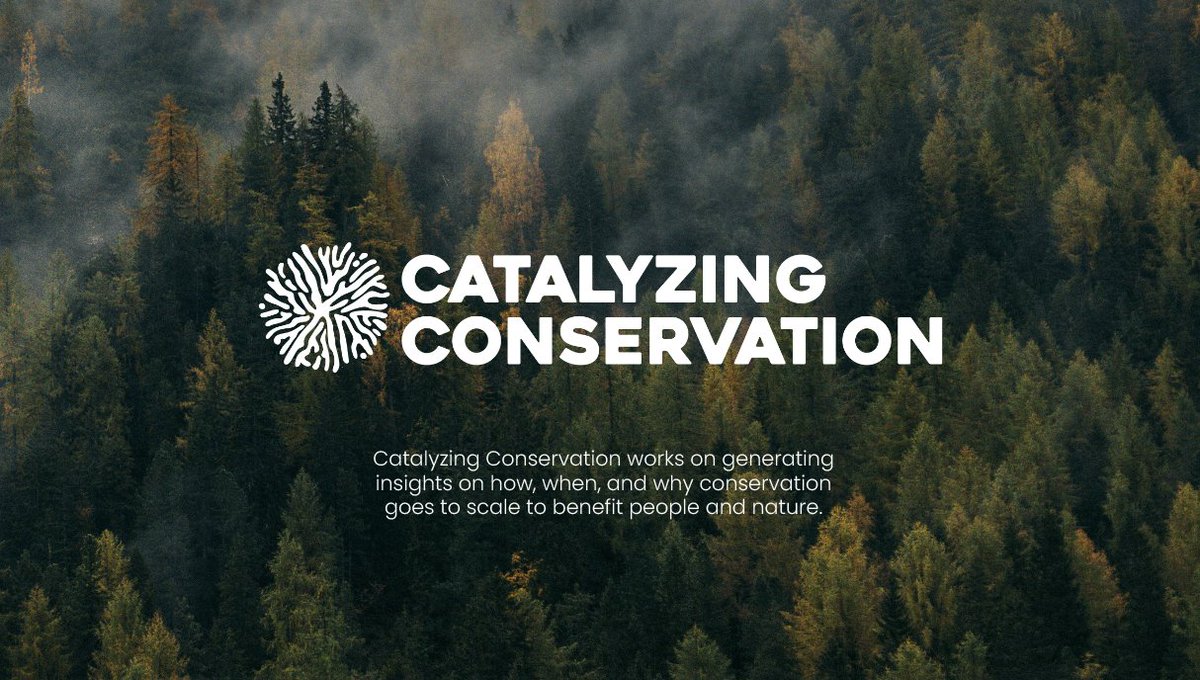
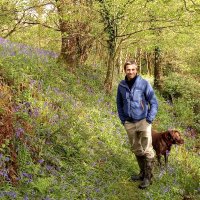






8/n Check out our plain language summary: besjournals.onlinelibrary.wiley.com/doi/full/10.10…. Shout out to collaborators, including in the Catalyzing Conservation group (Dr Morena Mills, Matt Clark… ), at the USP - Universidade de São Paulo (Pedro Brancalion…), and the Atlantic Forest Restoration Pact.
